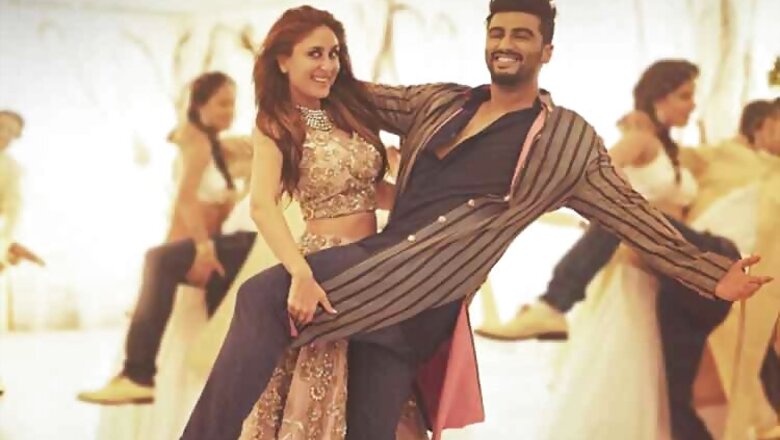
views
What cinema sows, the common man reaps. Cinema is believed to take the viewer to a world that is a far cry from the real one and provide an escape from the daily hush rush of life. Playing a key role in opinion formation and in reinforcement of dominant cultural values, cinema has been one of the most popular medium of mass consumption. The issues of media, gender and identity have been in discussion since quite a lot of time.
R Balki’s directorial ‘Ki and Ka’ featuring Arjun Kapoor, Kareena Kapoor in lead roles, that was touted to be a film set to break the gender-based stereotypes existing in our society, ended up reinforcing all of them. In the name of in-your-face entertainment, the filmmaker offered us two hours of stereotypes set up primarily to evoke chuckles.
From the very beginning; be it the perceived definition of husband and wife or the behavioural attributes of genders; everything was so clichéd that it almost seemed like two hours of constant shout-outs of “We’re trying hard to break gender-based stereotypes”.
While there are too many scenes in the film that explain why 'Ki and Ka' failed despite its unusual pairing and a strong theme, here are some that made no sense to us. NOT AT ALL.
Convincing mother-in-law about role reversal

There’s a scene where Kabir (Arjun Kapoor) goes to meet Kia’s (Kareena Kapoor) mother and what happens next left us shocked. While putting forth her point, Kia explained to her mother that she’ll be the bread winner of the family and Kabir will be her ‘wife’. By wife, she didn’t just mean a companion, she meant a financially dependent spouse who’ll be a stay-at-home partner between the two. Seriously?
Kabir doing what 'ladies usually do'

If the above scene didn’t boggle you, we’ve more. Because Kabir is shown as a stay-at-home partner, he calls neighbours for high-teas and normal ‘kitty-parties’. Because that’s what housewives usually do, right?
Mangal-sutra, high-heels

We don’t need much words for this one though. Over-the-top melodrama and presentation made this one speak for itself. Because he decided to not earn money through the set corporate world but chose to be a full time home-maker, he had to wear a mangal sutra, high heels and everything that a woman is associated to.
Home-maker and shopping?

Obviously. If there’s a home-maker on screen, there has-to-has-to be a crazy shopping flee. And Ki and Ka definitely didn’t disappoint us on this one. Kabir loved to shop.
'Ki and Ka' and other films of the same league might have prove to be tolerable entertainment flicks, but its time to realise that the way women are portrayed on screen is crucial in determining the patronage of hitherto existing stereotypes in the society. The way cinema sketches the definition of womanhood becomes a set mark for the society to sketch their opinions and ideals. With time, the narratives of Hindi cinema have started their journey away from the cliché male-centric themes to the feminist ideas of films. However, much needs to be achieved to reach the ultimate destination of equality on the purview of cinema.




















Comments
0 comment